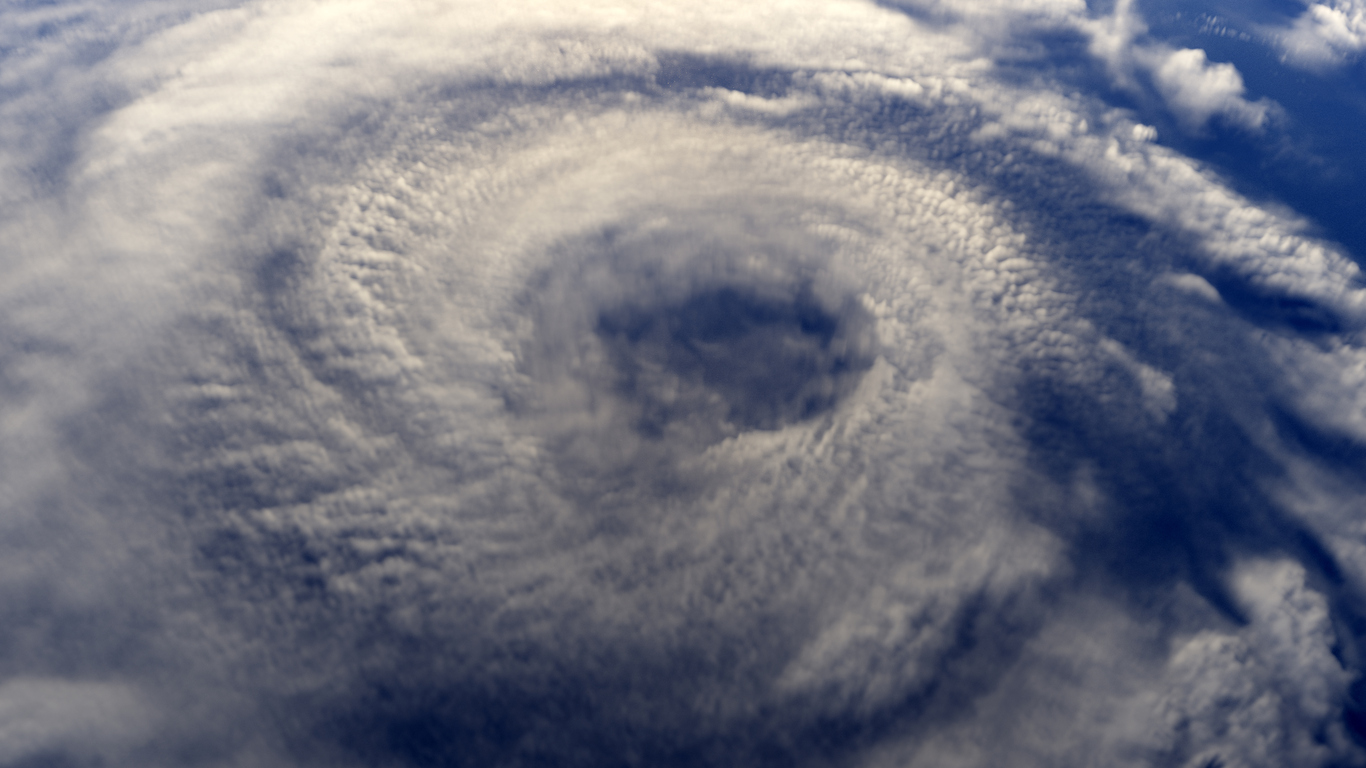CSU defined major hurricanes as categories 3, 4 and 5.
It expects 13 named storms to develop as well.
This falls short of NOAA’s forecast released in May, which predicted nine hurricanes and 15 named storms.
However, NOAA also forecast the development of four to eight major hurricanes.
The CSU report, based on 37 years of data, forecast a 54 percent chance of a hurricane making landfall on the eastern United States coastline, giving Florida’s east coast a 32 percent chance of a encountering a hurricane, and 31 percent one one arriving from the the Gulf Coast.
The peak of hurricane season, usually between August and October, is not believed to receive any strength enhancement from the Pacific warm-water band of El Niño, CSU said.
“The odds of the currently-observed weak El Niño persisting for the peak of the Atlantic hurricane season in 2019 have decreased slightly,” the report stated. “If El Niño were to persist, it would tend to lead to more vertical wind shear in the Caribbean extending into the tropical Atlantic, tearing apart hurricanes as they are trying to develop and intensify.”
While the 2019 forecast has fewer hurricanes predicted than 2017 or 2018, it’s important to remember the preceding years brought memorable storms in the forms of Harvey, Irma, Maria, Florence and Michael.
All five brought massive storm surges and loss of life.
“As is the case with all hurricane seasons, coastal residents are reminded that it only takes one hurricane making landfall to make it an active season for them,” CSU said. “They should prepare the same for every season, regardless of how much activity is predicted.”













